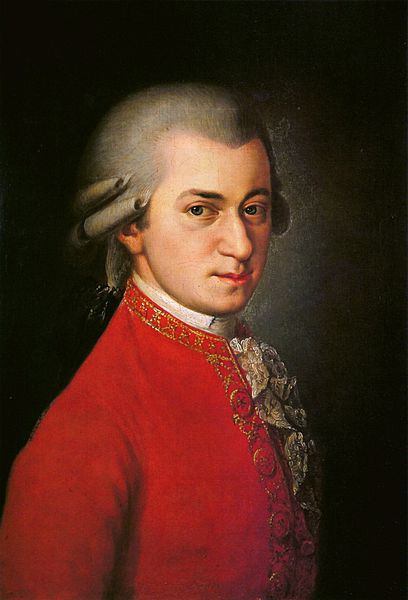Orchestra Miami offers a worthy program of Masonic Mozart
Scottish Rite Masonic Temple in the historic Lummus Park neighborhood on the edge of downtown Miami was the appropriate venue for Orchestra Miami’s “Masonic Mozart” program on Sunday afternoon. The 1920’s Art Deco building is an architectural gem and proved to be a wonderful concert space. An ornate and spacious auditorium, it does not suffer from the echo or the over-reverberant sound common to many similar venues. Warm and mellow acoustics allowed for a near-ideal blending of instrumental timbres.
Elaine Rinaldi, the orchestra’s artistic director , opened with two works closely associated with Mozart’s affection for Freemasonry. The three opening chords in the Overture to The Magic Flute suggest the three knocks and steps that are central to Masonic ritual. Rinaldi took the introduction at a measured pace and the allegro section that followed was lively without being rushed. String articulation was especially clean with fine detailing of the instrumental strands and inner voices.
The Masonic cantata Die Maurerfreude (A Mason’s Joy) was a delightful discovery. Composed to honor one of Mozart’s Masonic brothers and scored for tenor and male chorus, the music sparkles with melodies that could easily have come from the bird catcher Papageno in The Magic Flute. Mozart’s mastery of minor-key modulation supplies an eloquent subtext and the enlivening writing for winds and strings adds to the festive atmosphere.
Tony Boutté, a member of the vocal faculty at the University of Miami’s Frost School of Music, brought a well-schooled lyric tenor and subtle articulation to the intricate solo writing. In the rapid final section, he was joined by eight members of Miami Gay Men’s Chorus under Anthony Cabrera, singing with full-voiced spirit.
Dating from the fateful year of 1791, the Clarinet Concerto was one of Mozart’s final completed works. Filled with felicitous melodic lines tinged with darker undertones, the concerto demands virtuosic instrumental dexterity and subtle musicianship from the soloist.
Richard Hancock, a veteran South Florida musician, provided all of that and more. Exhibiting a fine sense of classical style, Hancock drew out the contrasts between the music’s bubbly tunes and underlying sadness. He assayed high passages in the instrument’s upper register cleanly and with spot-on intonation. The highlight of the performance was the Adagio, Hancock spinning Mozart’s sublime theme seemingly in one long breath like an elongated operatic aria. His dark, vividly colored tone blended wonderfully with the orchestra. Throughout the concerto, Rinaldi offered strong support, her tempos astutely judged.
Rinaldi concluded the generous program with a strongly played, generally solid reading of the Symphony No. 41 in C Major (“Jupiter”), Mozart’s last and arguably greatest symphonic essay. Except for a heavy-footed Menuetto and trio, tempos were moderate and the momentum well sustained. A nice mix of drama and lyricism pervaded the second movement Andante cantabile with Rinaldi playing the pauses and sudden full ensemble outbursts for maximum effect.
Aided by the excellent acoustics, fugal writing in the finale came through splendidly with impressive playing from all sections and especially strong contributions from the horns and timpani.
With its fine sound and ample parking, the Scottish Rite hall should be utilized with regularity for classical music offerings.
Posted in Performances
Leave a Comment
Mon Jun 9, 2014
at 11:33 am
No Comments
